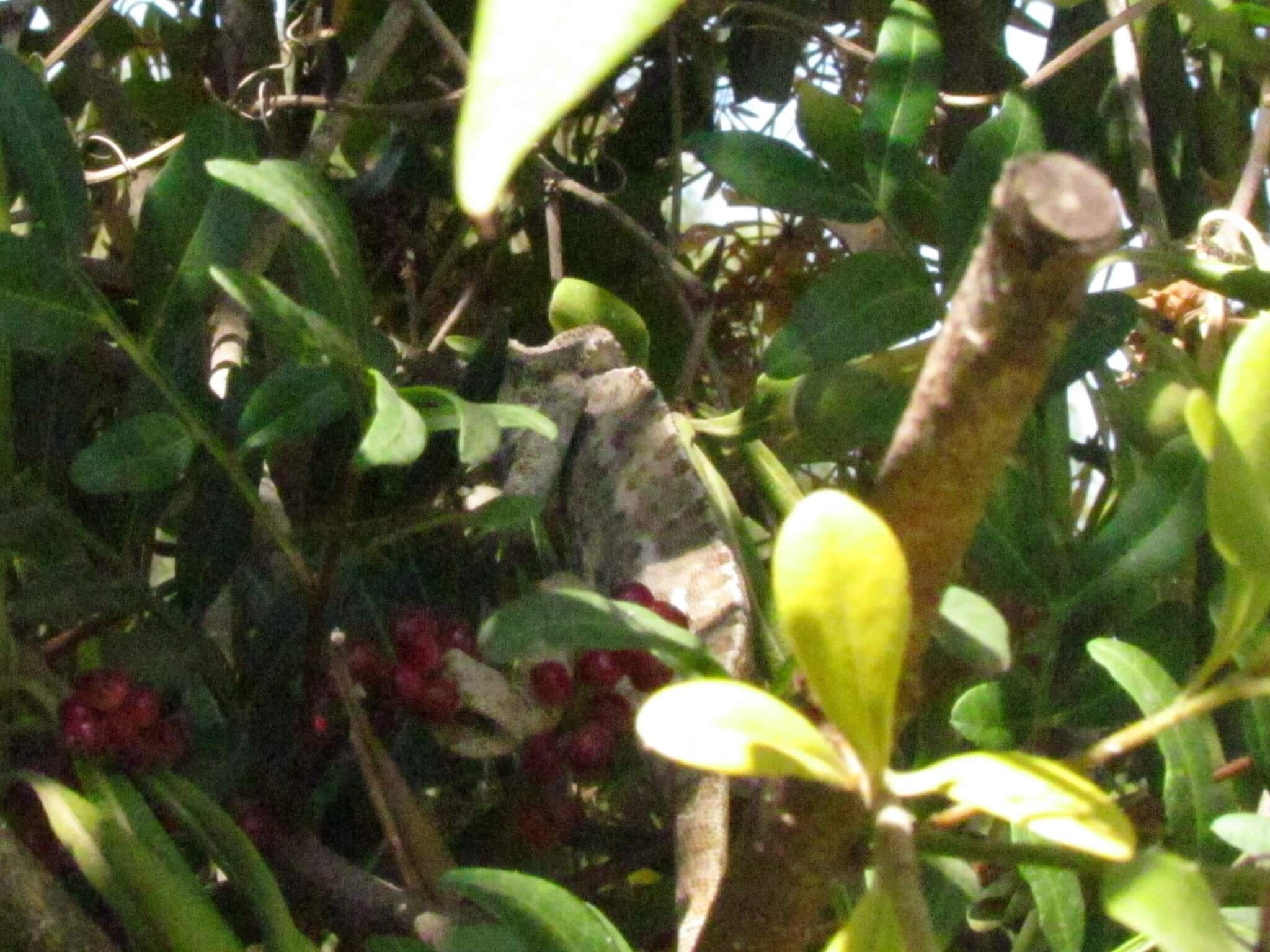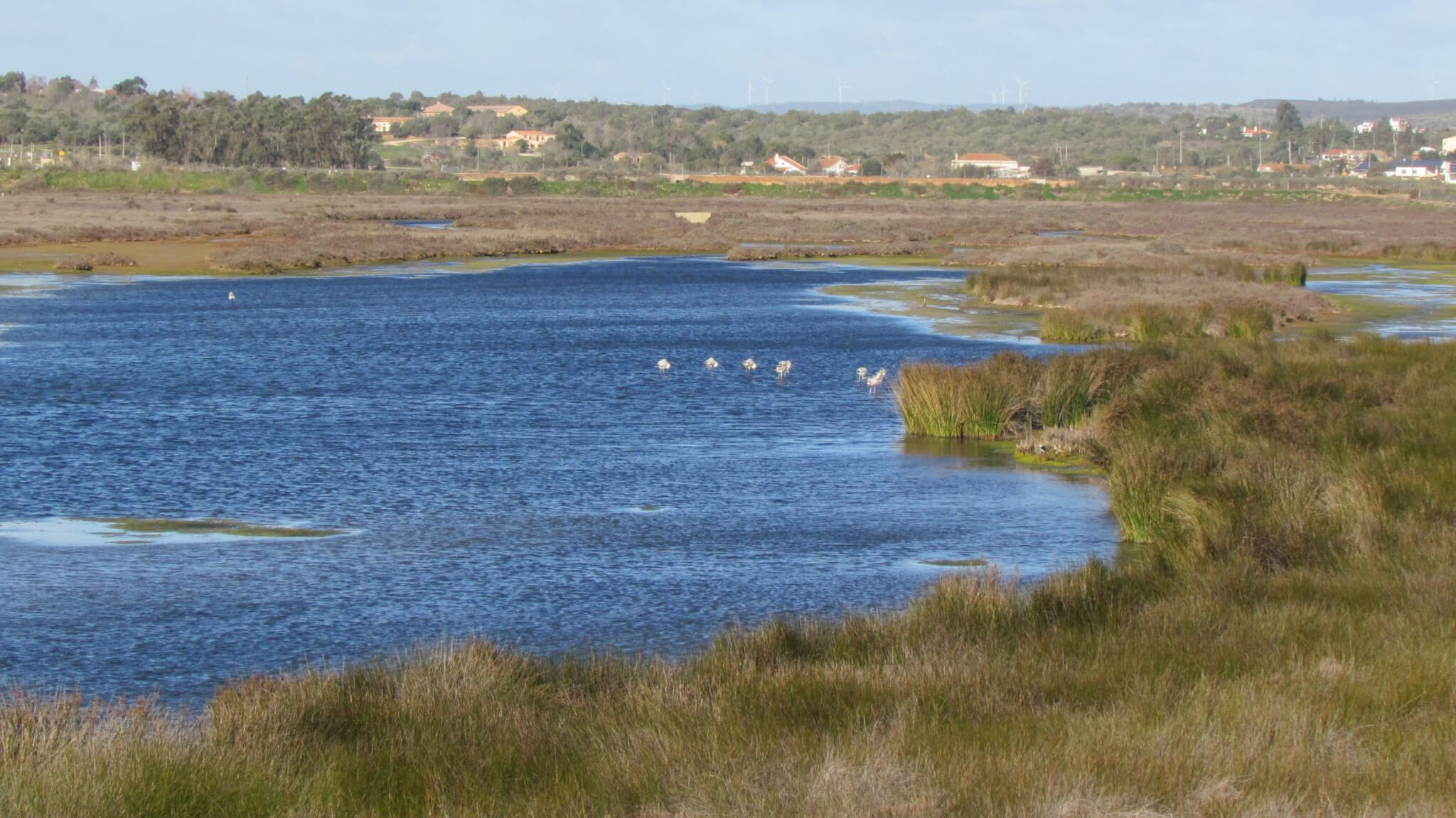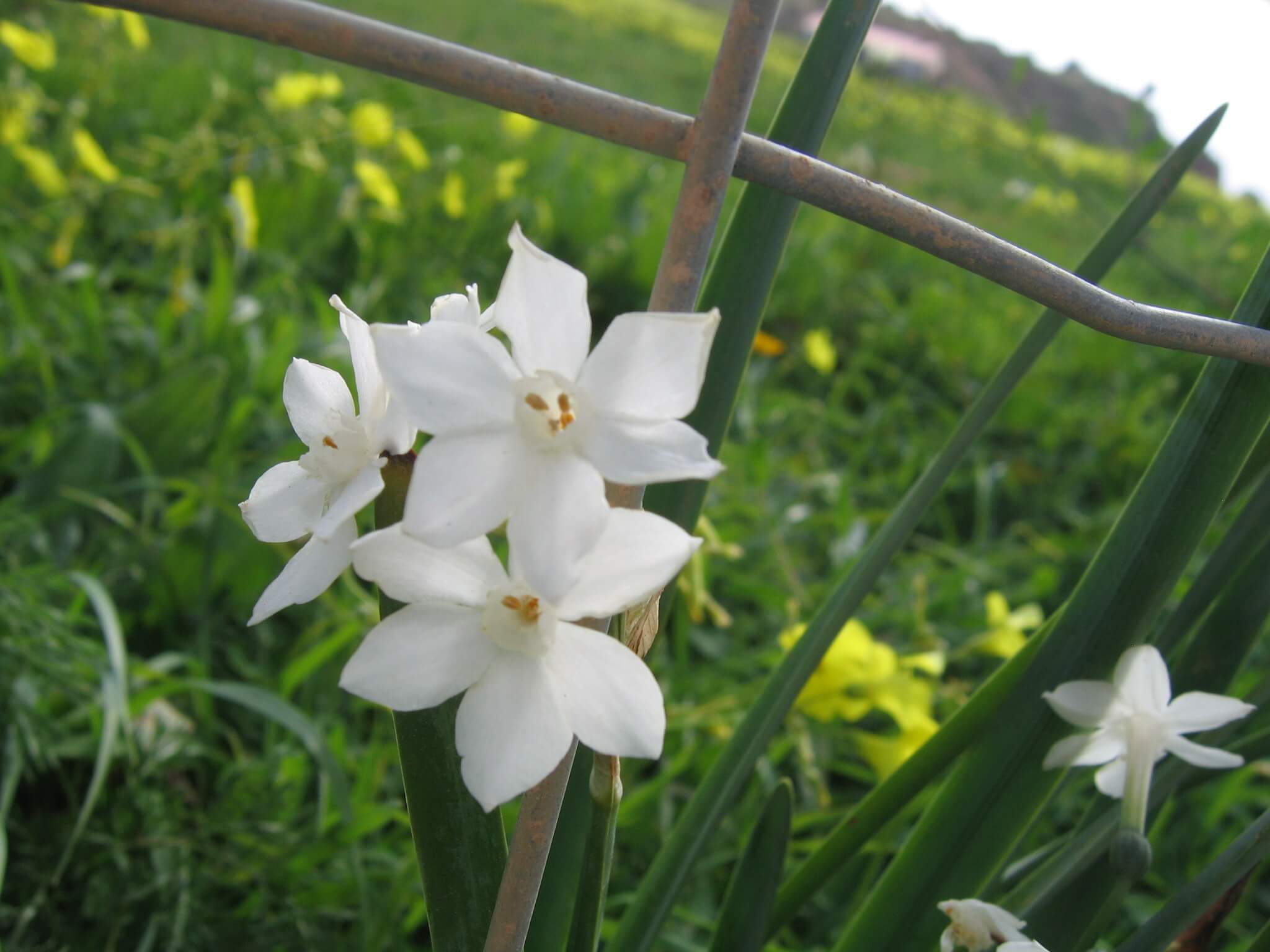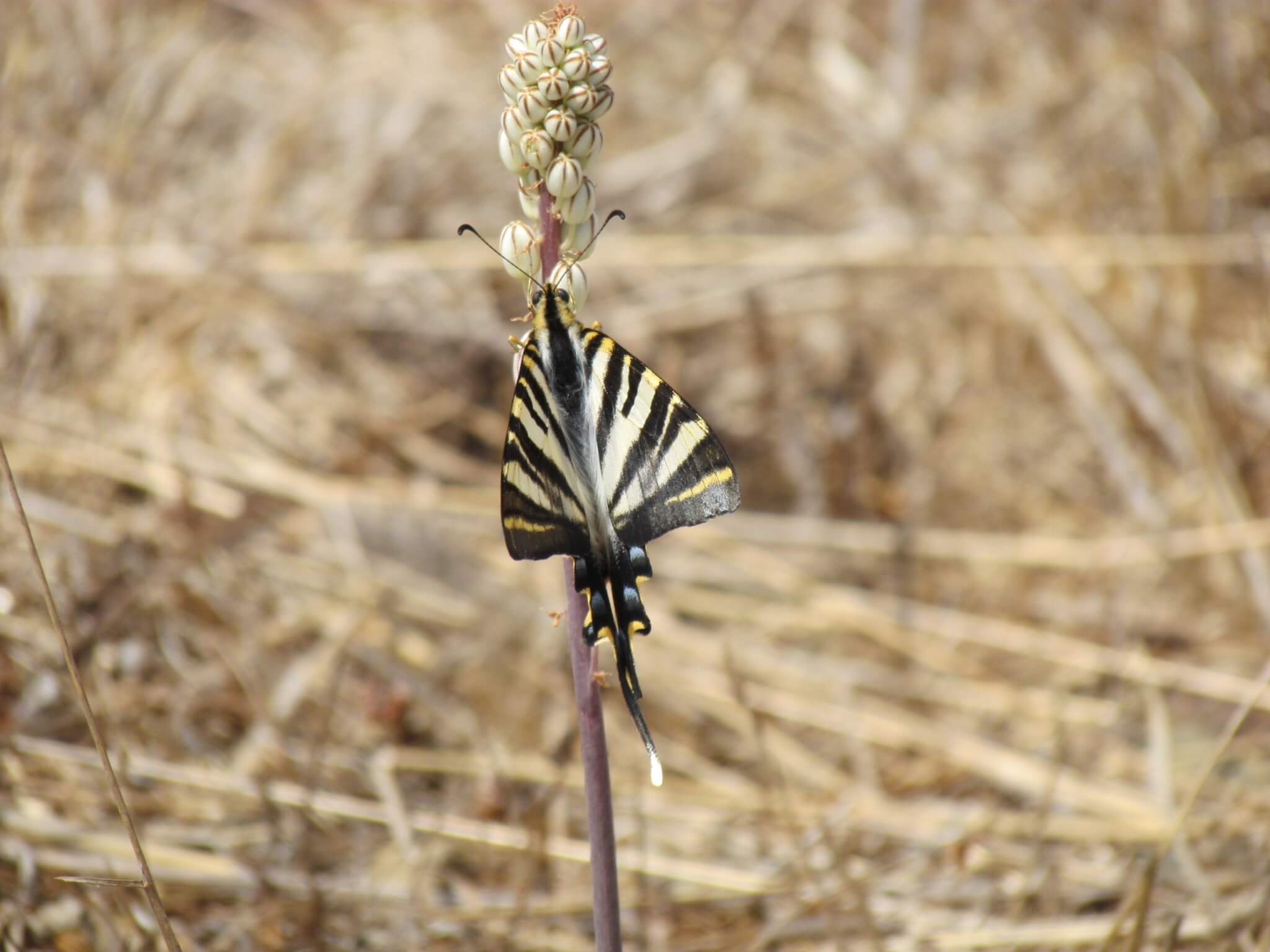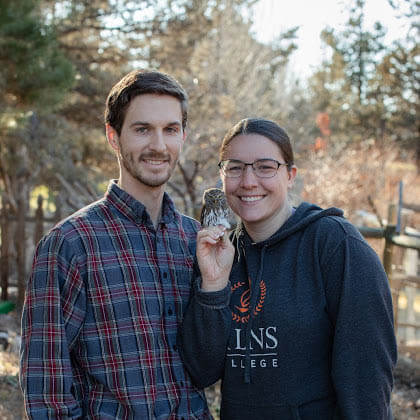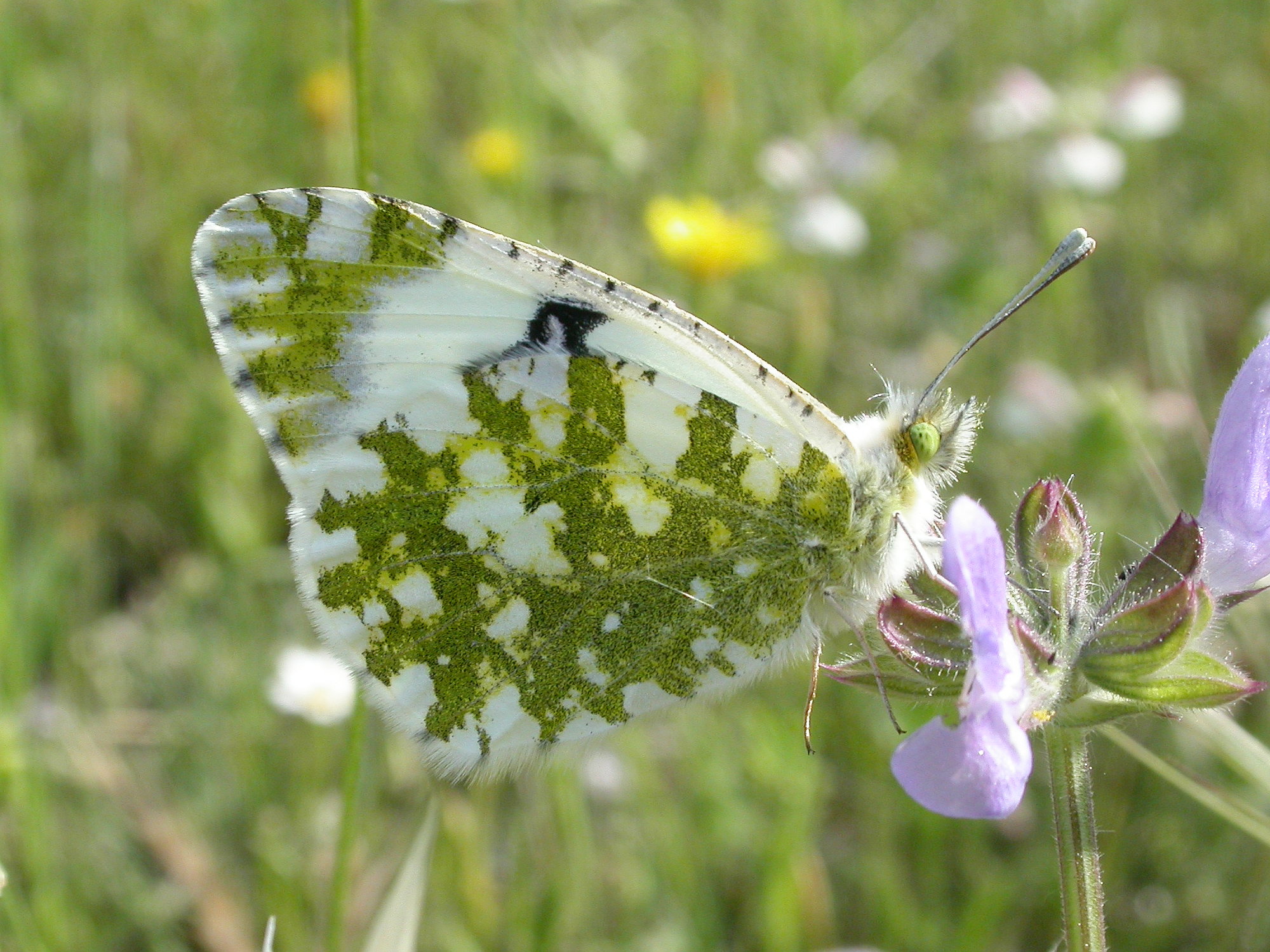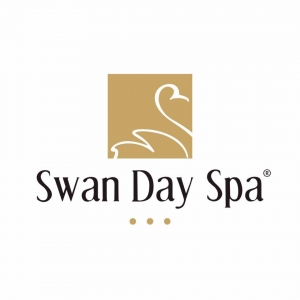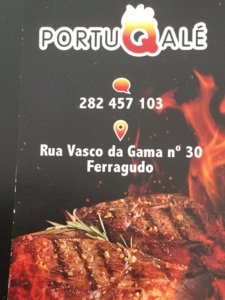Newsletter November 2021
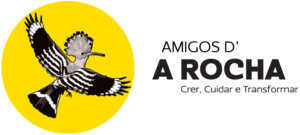
 Welcome to our November Newsletter.
Welcome to our November Newsletter.
Happy Birthday Friends of A Rocha Portugal! We are celebrating our 4th anniversary! We couldn’t have done it without you! Thank you for supporting and believing in us 😊
Helen & Filipa
S
N
A
P
SHOT

Fernão de Magalhães

Portuguese navigator
(did the first circum-navigation journey around the world)
Born: 1480, Portugal (not sure where)
Died: 27th April of 1521, in the Philippines
Fernão de Magalhães was a Portuguese noble and was raised as a pageboy in the court of Queen Leonor, wife of King Jonh II. When he was 25 years old, he volunteered to be part on the journeys to India, which were made to try and find the maritime way to the Moluccas (Indonesia), the source of important economic spices. Between 1505 and 1513, Fernão de Magalhães took part in several battles in India and Indonesia and helped to conquer new territories; in 1510 he was given the title of captain due to his important services.
In 1513 he returns to Portugal and between 1514-15, takes part in the battles to conquer Morocco, where he was injured. During this period Fernão was accused of illegal trade with the Moorish and consequently betraying the country and was unable to work in Portugal. In Lisbon he dedicated his time to studying maps together with Rui Faleiro (cosmographer) and looking for a maritime passage to the Moluccas from the Atlantic South, thinking these important islands where under Spanish rule in an area defined by the Treaty of Tordesillas. He presented his project to the Spanish Crown and was accepted. On the 20th of September of 1519 his fleet (5 ships and 242 men from different nationalities, but mainly Spanish) left the port of Sanlucar de Barrameda, Spain.
On the 21st of October the fleet meets for the first time at the end of the America continent and the passage to the other side, after 27 days they manage to cross the “Estreito de Magalhães” (Magellan Strait) and arrived at the Pacific Ocean. At the end of April, the fleet lands in Mactan (Philippines) where Fernão de Magalhães takes part in conflicts with the natives and dies. The fleet goes on their journey, commanded by Juan Sebastian Elcano, and returns to Spain, with only 1 remaining ship, on the 6th of September of 1522.
Fernão de Magalhães is considered the first man to circum-navigate the world, although it was not on a continued journey, he had been in the Philippines with the Portuguese travelling from the west and he arrived in the same islands from the East.
IFO’s – Identified Flying Objects…
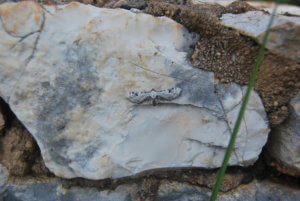
Lime-speck Pug
(Eupithecia centaureata, Denis & Schiffermüller, 1775)

Photos by Filipa Bragança

Morphology: It is a macro moth from the Geometridae Family, with a wingspan between 20 and 24 mm. The forewings have brownish-creamy smokey ground colour with a black patch on the costa of the forewing. The wings are long and slim; in rest they are perpendicular to the body. The adults fly in two generations April-June and July and mid-September.
Habitat: open deciduous forests, shrublands, gardens, parks, and cultivated lands.
Distribution: Wide distribution, from North Africa across Europe to Mongolia, Southern Siberia, Eastern Chine and Near East.
Notes: The larvae host plants are blossoms from the Apiaceae and Asteraceae Family. The adult resembles a bird-dropping, reducing the attraction to predators.
Tweet… Tweet…

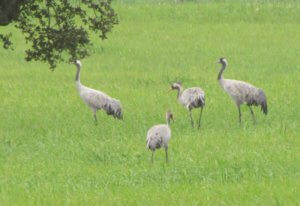
Photo by Guillaume Réthoré
Eurasian Crane
(Grus grus, Linnaeus, 1758)
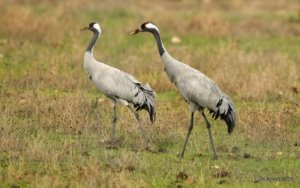
Photo from Aves de Portugal
Identification: It is a large bird from the Gruidae Family, with a wingspan between 180 and 220 cm and 100 to 120 cm in length. The plumage is grey, with bushy dark grey tail, long black and white neck, and long legs; the head is black and white with a red cap, the bill is yellowish medium size (neither short nor long). Males are slightly heavier and larger than females.
Habitat and Ecology: Breeds in boreal and taiga forests, mixed forests, around rivers or lakes, usually on bogs, swamps and reedbeds (depending on the area). In winter occurs in open country, farmlands, and sometimes wet areas. The courtship is a beautiful dancing display. The diet consists mainly of seeds, grains, and vegetable matter, although during spring and summer feeds mainly on insects, invertebrates, and other small arthropods.
Distribution: Breeds in Northern Europe and Northern Asia (mainly Russia), small populations breeding in Southern Europe (Greece) and Central Europe; overwinters in North Africa, Southern Asia, and Iberia Peninsula. In Portugal winters mainly in specific areas in the Alentejo.
Threats and Notes: Least Concern (LC) in the International Union for Conservation of Nature (IUCN). The population trend is estimated to be increasing; it is the only Crane species which is not endangered. It is the bird symbol of Armenia and the air transport company Lufthansa.
DID YOU KNOW? 
- On the 13th of October, A Rocha organized a Beach Cleaning on the Alvor Estuary, part of SEIVA (European Week of Initiative and Environmental Volunteering); 18 volunteers participated and collected approximately 25 bags of rubbish!
Beach Clean – SEIVA
Video by Isabel Soares
Ringing and moth – SEIVA
Video by Isabel Soares
- October is still a month for bird migration, some of the birds are just on passage and can use Ria de Alvor for a short rest or just flying bye. Some of the birds seen at Ria de Alvor, Nature 2000: Crossbill (Loxia curvirostra), Egyptian Vulture (Neophron percnopterus), Griffon Vulture (Gyps fulvus), Black Stork (Ciconia nigra), Western Osprey (Pandion haliaetus), Greater Flamingo (Phoenicopterus roseus) , Red Kite (Milvus milvus), Ruff (Calidris pugnax) and Red Knot (Calidris canutus).

Griffon Vultures (Gyps fulvus)
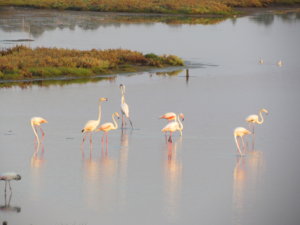
Greater Flamingo (Phoenicopterus roseus)
- A Rocha will take part on the Walk & Art Fest between 5th and 7th of November in Barão de São João. Join us to discover the birds of Barão de São João woodlands. The program is available here
- A Rocha Portugal, together with more than 50 organizations and individuals, integrate the Civic Union – is taking part in PEPAC (Strategic Plan for the Common Agriculture Policy in Portugal) 2023-27. This coalition of organizations and individuals aims to promote the participation of environmental NGO’s and Scientists on the preparation of the implementation future agriculture policy in Portugal; because farming is one of the human activities with greatest impact on biodiversity and carbon emissions.

-
Since the 8th October 2021, a Clean, Healthy and Sustainable Environment is a Human Right, recognized by the Human Rights Council! Read more here
-
Last September 23rd, A Rocha started to celebrate the “30 Years of Environmental Education” with a meeting that took place at Cruzinha (A Rocha Filed Centre). Around 26 guests were present, including teachers, representatives of municipalities and other partners. The Executive Director of A Rocha, Marcial Felgueiras, mentioned the importance of the collaboration of the various partners in the environmental education projects over these 30 years, expressing his gratitude for the role they played in nature conservation. The projects for this school year were also presented, of which the following stand out: “The Habitats of Ria de Alvor”, “Microplastics and Sea Pollution” and “Discovering Pollinators”. See the video here

Time flies! It seems like yesterday. The Friends of A Rocha Newsletter had the first edition in November 2017, initially just in English and in November 2018, also in Portuguese. During this period we wrote about, birds, butterflies, plants, wild life, environment, people! We shared with you the beauty and wildlife richness of our area! We organized Friends Events and we “survived” the pandemic! And all this was just possible because of your support! We are still growing and we hope to offer you some news in the beginning of 2022! THANK YOU 🙂
All our Newsletters are available on the folder “Archive”


Nature is all around! On the most unlikely places it is also possible to find interesting species! Faro is a big city, the capital of Algarve. In one of my latest visits to Faro, I decided to spend some time, walking around the car parking. The place has some trees, plants and grass, mainly exotic species. First, I heard some loud sound, coming from behind a building, it seemed like a Magpie! Here? Yes, 2 Eurasian Magpies (Pica pica), were “jumping” around the cars and trees! On the top of the trees, some small and fast birds were moving, luckliy I had carried my binoculars (always in my bag, we never know!), Willow Warblers (Phylloscopus trochilus). Further down a Eurasian Hoopoe (Upupa epops), was feeding on the grass. A Common Lantana (Lantana camera) caught my attention, with its beautiful white flowers (even if it is an invasive species!), not just me was attracted, some insects as well! A Beet Webworm Moth (Spoladea recurvalis) was hiding between the leaves and flowers; as well a small butterfly was flying around, so fast and “invisible” that disappeared! But I was lucky, down in the grass some small butterflies were flying, the same ones! A new species on my list an African Grass Blue (Zizeeria knysna)! Lovely car parking! 😊
Filipa
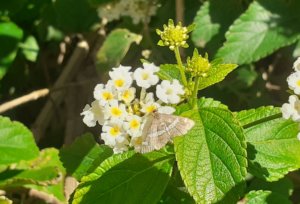
Beet Webworm Moth (Spoladea recurvalis)
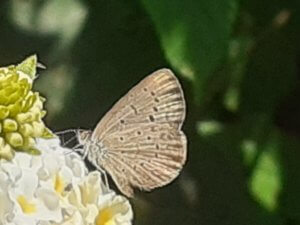
African Grass Blue (Zizeeria knysna)
 INVASIVE SPECIES
INVASIVE SPECIES
Asian Clam (Corbicula fluminea, O. F. Müller, 1774)
Phylum: Mollusca
Class: Bivalvia
Family: Corbiculidae
Origin: Eastern Asia
Size: up to 5 cm
The Asian Clam is a freshwater bivalve but it can survive just as well on the upper side of the estuaries (salty and brackish water). The shell is strong with a triangle-oval shape, with visible concentric grow rings; the colour varies from the dark brown to yellow green (depending on the substrate).
The species occurs on a wide variety of habitats, rivers, lakes, reservoirs, and estuaries, and in different substrates (muddy, sandy, and rocky); it is high tolerant to the abiotic factors (salinity, temperature, pH), the only requirement is well oxygenated waters.
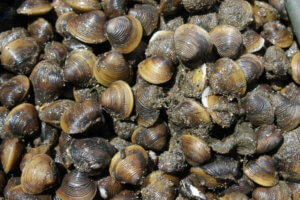 The sexual maturity of the Asian Clam is reached in the first year (meaning it can start reproducing), it is a hermaphrodite species (both male and female sex in the same individual) and can reproduce alone, although prefers cross fecundation; the larvae (young) are released in the water (in spring and autumn) and can disperse easily. This species is a water filterer, feeding on particles floating on the water column but also on organic matter in the sediment.
The sexual maturity of the Asian Clam is reached in the first year (meaning it can start reproducing), it is a hermaphrodite species (both male and female sex in the same individual) and can reproduce alone, although prefers cross fecundation; the larvae (young) are released in the water (in spring and autumn) and can disperse easily. This species is a water filterer, feeding on particles floating on the water column but also on organic matter in the sediment.
The introduction route of the Asian Clam is not well known, it appeared for the first time in the Tagus River in 1980 (first record for all Europe), in 1989 appeared in River Minho and Douro and in 2000 was colonizing several rivers and estuaries in Portugal. The transport on the ship’s hull’s or as bait for fishing are some of the possibilities of its introduction. Nowadays it is introduced in America and Europe.
The Asian Clam is a very problematic species causing ecological changes on the ecosystems (competition with native species, predation of larvae of other species enable then to reproduce, changing the nutrients cycle) but as well negative industrial impacts (blockage of water distribution systems).
POPPED UP

Family: Orchidaceae
Identification: It is a perennial herbaceous plant (orchid); with 2 or 3 tubers, the stem is green up to 20 cm height (can be smaller or bigger depending on the area), unbranched, erect, and covered with short transparent hairs; the small and acute leaves envelop the stem. The flowers are small and whitish and grow in a spiral spike around the stem. Flowers between September and November.
Habitat and distribution: Open areas of scrublands, pine woodlands, meadows, heaths usually in grassy dry areas. Occurs in Central and West Europe and in the Mediterranean region. In Portugal it is not a common species and only grows locally.
Notes: The Latin name “Spiranthes” comes from Greek which means “wrap” and “spiralis” which means “spiral”. The plant grows from 2 or 3 tubers and remains underground during summer; it takes many years to grow above ground parts. The species is listed in Appendix II of CITES (Convention on International Trade in Endangered Species of Wild Fauna and Flora), as a species not threatened of extinction but may become.

Autumn Lady’s-tresses
(Spiranthes spiralis, L (Chevall))
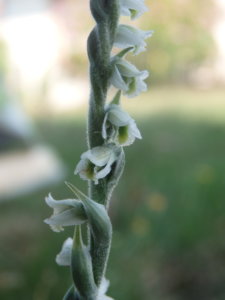
Photos by Guillaume Réthoré
DATES TO REMEMBER

1st of November – Public Holiday All Saints Day, Anniversary of the day that Mexilhoeira Grande became a village (1999)
5th to 7th November – Walk & Art Fest, Barão de São João. More information here
4th, 11th, 18th, and 25th November – Cruzinha Bird ringing display & Moth Talk (10 am to 12:30). Book here
Thank you for supporting the Friends of A Rocha Portugal

Dr Roy Rodrigues
Av. Do Brasil, Qta das Palmeiras, Lt P2, R/c A, 8500-299 Portimão
(+351) 282180683
royaldente@gmail.com

Sítio da Amoreira, Lote 12,
Alvor, 8500-045 Portimão
(+351) 282412562/ 925433047
www.transfair.com.pt
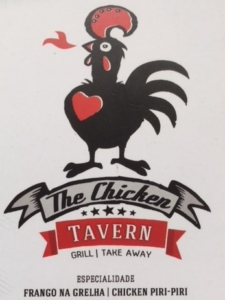
Urbanização Mar e Serra n° 47, Alvor
8500 – 783 Portimão
(+351) 911597735
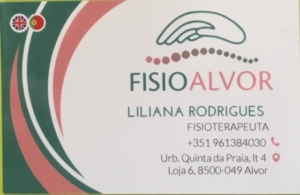
Physiotherapy, Massages (relaxation, sports, therapeutic)
Other therapies
Beauty (manicure, pedicure, hair removal, facials)
Open Monday to Friday
Thought of the month 
“I have underneath my tongue
The beginning of a song
I will find a rhyme
Dedicated to the young”
Zeca Afonso (1929-1987, Portuguese singer and songwriter)

LETS BE GREEN – LETS BE GREEN – LETS BE GREEN 
- The fashion business is one of the most pollutant businesses
- To manufacture a pair of jeans the same amount of green house gases are produced as to drive a car going 120 km/h
- 2700 litres of water are necessaire to produce a cotton t-shirt (the same as the average of water consume for 1 person during 2 and a half years)
- Clothes produced by non-organic fibres can stay in the soil for more than 200 years
- Fibres can be classified into two categories: natural polymers or manufactured (or synthetic) polymers. Natural fibres come from plants, animals, or insects; they are biodegradable. However, like cotton, they can have other environmental issues. They can need huge amounts of water or pesticides to grow
- Synthetic fibres made mainly from petroleum, they do not degrade (many of them like Polyester, Nylon, Acrylic or Spandex release micro-plastics when washed). However, they are not all that bad, they are generally more durable, and synthetics can be made from recycled plastic.
- Choose sustainable natural fibres like Hemp (hemp does not require a lot of water or pesticides to grow so will be more sustainable without releasing microplastics)
LETS BE GREEN – LETS BE GREEN – LETS BE GREEN
Pollinators
Pollinators are animals from several different groups (mammals, birds, reptiles, insects). Pollination is a biological process which consist of the “journey” of the pollen grain, from the anther (male part of the flower) to the stigma (female part of the flower) to produce the new generation of plants (fruits, seeds). This process can happen through self-pollination, water or wind pollination, or with the help of pollinators (moving the pollen within the flower or from bloom to bloom). This biological relation benefits both pollinators and plants (pollinators visit the flowers to feed).
Between 75% and 95% of all the flowering plants on earth need the help of pollinators, this includes many of our crops. The work of pollinators is very important, they give us the food that we eat, they support healthy ecosystems that clean the air, stabilize soils, protect from severe weather, and support other wildlife. Most of the pollinators are insects (bees, wasps, moths, butterflies) and most of them are threatened because of habitat loss, intensive agriculture (use of pesticides), exotic species and climate change.
In Portugal there are more than 1000 species of pollinator insects.
Sustainability Champions 
Sustainability Champions from around the World– Looking at ways to curb pollution and waste management.
We would like to thank Daniel Hartz, the founder of Sustainability Champions for giving us the permission to share this information.
 Sehmus Erginoglu decided about 26 years ago to do something about an area of wasteland in his home city of Mardin in southern Turkey. He began by clearing out rubbish from the site, then he installed water pipes and eventually started to plant saplings.
Sehmus Erginoglu decided about 26 years ago to do something about an area of wasteland in his home city of Mardin in southern Turkey. He began by clearing out rubbish from the site, then he installed water pipes and eventually started to plant saplings.
After having worked for a long time as a truck driver, Sehmus quit his job, took a couple of months off and then committed himself to Mother Nature. He has planted over the year’s 14,000 trees, including 7000 Pine trees and 3000 Plane trees. He has also made around 50 wells from natural springs in the area and he uses these to water the forest he has created.
He says he tends to the trees every day the sun shines but avoids working when it rains, this now septuagenarian says he prefers the company of his trees to people, but he enjoys the fact that the trees bring joy to others.
According to him “When people die, they cannot take their money into the afterlife, but the good they do in life, does go with them”!

Challenge: search for parakeets
During the month of November, he Portuguese Society for the Study of Birds (SPEA) invites you to search for Rose-ringed Parakeets in the evenings. Popular as pets, the parakeets which can now be found loose in several Portuguese cities are probably animals which escaped from captivity, or their descendants. To ascertain whether parakeet populations are growing and expanding, SPEA launched this citizen science initiative, which will provide important information for the national Rose-ringed Parakeets census which will be carried out this winter.
More information here (only in Portuguese)
Photo by Daniel Raposo

Check the website for dates for organised tours
Annotated checklist of the birds of Ria de Alvor (1986-2019)
A Rocha Portugal has been carrying long term bird surveys (mostly wader counts and bird ringing) since 1984. Until 1999, this information was published in the A Rocha Portugal Observatory Reports and since 2011 in the Lists of Birds at Ria de Alvor. Until now, this information was never compiled in a single document. Last year’s lockdown gave time to gather all the information and complete it with data from the A Rocha ringing database and it was published in the Anuário Ornitológico and data available on eBird. This document is now available here.
In total, 317 species of birds have been recorded at Ria de Alvor and 6 others have been seen but not confirmed (rare species for the area, difficult to identify and requested submition and acceptance from the Portuguese Rarity Commite). Some of this species were just seen once, like the Eurasian Dotterel (Charadrius morinellus) or the Eurasian Woodcock (Scolopax rusticola) and some become very common, like the Iberian Magpie (Cyanopica cooki), seen for the 1st time in 1987 (after 1998 seen all year round) or the Eurasian Collared Dove (Streptopelia decaocto), seen for the 1st time in 1991 and scarse until 1996.
When A Rocha started recording bird species, there was little information about birds in the Algarve and a few species had their 1st sightings at Ria de Alvor, for Portugal, like the Buff-breasted Sandpiper (Calidris subruficollis) in 1990, the White-crowned Wheatear (Oenanthe leucopyga) in 2001 and the Icterine Warbler (Hippolais icterina), in 1997; or even for Iberia, like the Paddyfield Warbler (Acrocephalus agricola), in 1993 or the Olive-backed Pipit (Anthus hodgsoni) in 1994!
The list can be found here
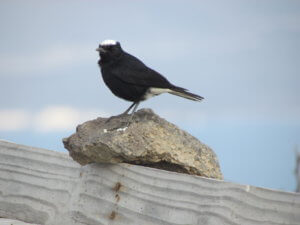
White-crowned Wheatear (Oenanthe leucopyga)

Eurasian Dotterel (Charadrius morinellus)
Text and photos by Guillaume Réthoré
If you have any queries please do not hesitate to contact us:
friends.arpt@arocha.org
Or visit us on our open day: Thursdays from 10:00 am to 12:30 pm
See map: https://arocha.pt/en/contact-us/
GPS coordinates
37°08’39.8″N (37.1444) 8°36’29.2″W (-8.6081)
(+351) 282 968 380
Thank you for supporting us!
Hope to see you soon!


